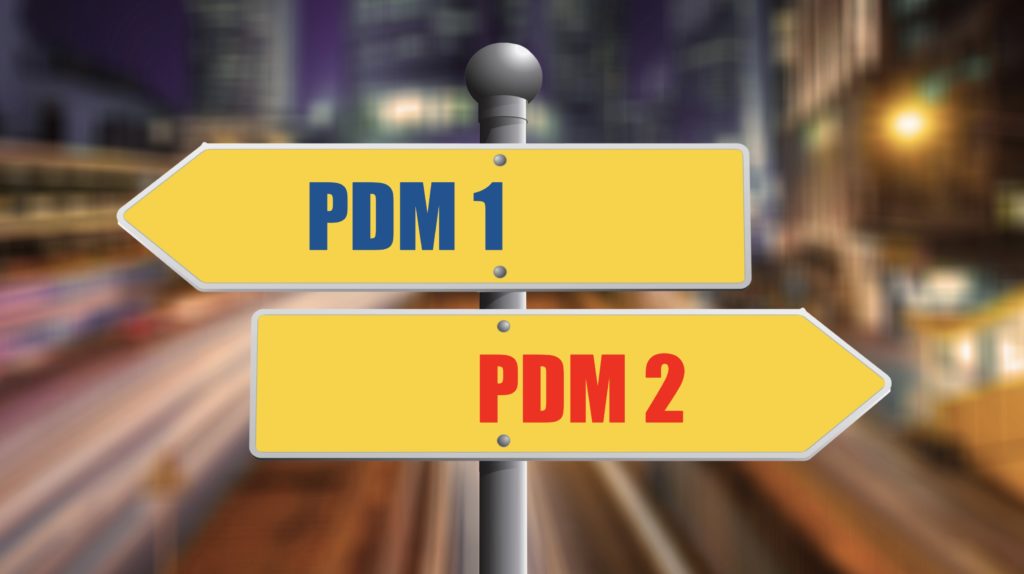
My attention was caught by Jim Brown’s article – Product Data Management Buyer’s Guide (buyer’s guide). The article speaks about the selection of the PDM system. I tried to download the white paper but wasn’t able to do it, so I was only able to read a summary. It is providing you some idea of what it for.
How can you choose the right PDM system for your business to make sure you achieve your productivity, product success, and profitability goals? The product data management (PDM) Buyer’s Guide is a reference tool to provide direction on what to look for when selecting a PDM system for your company. This guide is composed of four sections covering software functionality, service requirements, vendor attributes, and special company considerations.
The article provides great justification to the PDM value proposition and building an excellent set of criteria for the selection process. Here is a list of requirements.
- Getting files under control so people can find the right revision with confidence
- Making sure concurrent updates don’t overwrite each other to avoid “the last save wins” syndrome
- Making information easily accessible and consumable to teams outside of Engineering for reviews and downstream processes
- Safely sharing information with customers, partners, and the supply chain
- Ensuring intellectual property (IP) is captured and securely accessible regardless of who stored it
- Getting away from complicated shared drive structures that lead to errors
- Making sure people don’t manufacture or purchase against the wrong drawing
- Providing “one version of the truth” versus multiple copies of designs
I agree with Jim – these are important requirements to justify the need for PDM. However, it made me think about the selection process and I caught myself thinking that the selection of a PDM system in the 2020s can be much easier than 15-20 years ago. Back in the 2000s, we had quite a number of PDM systems in the market and the decision was actually not easy. These days, PDM functions are coming in a completely different way.
Existing CAD-PDM bundle
Each CAD vendor has PDM function integrated with existing CAD systems. So, whatever, CAD system you’ buying (eg. PTC Creo, Dassault Systemes SOLIDWORKS, Autodesk Inventor, etc.) you will have PDM systems coming from the same vendor. What is the reason to buy PDM from another vendor? Realistically, it is only a case of multi-CAD systems, but even in such situation, you can potentially end up with multiple PDM systems serving each own CAD
New cloud-CAD with an embedded PDM system
New cloud CAD systems are coming with PDM system functionality fully embedded into CAD system. You can see examples of these CAD systems in the market today – Autodesk Fusion 360, Onshape. In such a case, the selection of the PDM system is pointless as you already have a PDM system ready to be used with cloud CAD.
So far, not many choices of PDM systems. The remaining question is how to go beyond basic PDM capabilities. It brings up the question about data management beyond design. Most of these PDM systems are very weak in supporting processes such as BOM management, configuration management, change control, suppliers, and contractors collaboration. To find a solution to manage these processes is far from simple.
What is my conclusion?
Good news? The PDM process is getting simpler in the 2020s. These are two major PDM trends – (1) The consolidation of PDM solutions around major CAD systems; (2) Development of new cloud CAD with embedded PDM functions. To buy PDM from the same CAD vendor is a simple and straightforward decision. It also gives additional protection when vendors move from desktop solutions to cloud solutions. The same vendor will provide migration from old PDM products to new cloud systems. And if you’re buying cloud CAD, which I believe is getting better every day, the question about PDM selection will be eliminated. While the selection process is easy, the cost of the PDM system often puts a big question mark in the decision process, which can change the agenda and bring up options of new cloud CAD selection and integrated system to manage product data in downstream processes.
Just my thoughts…
Best, Oleg
Disclaimer: I’m co-founder and CEO of OpenBOM developing cloud based bill of materials and inventory management tool for manufacturing companies, hardware startups, and supply chain. My opinion can be unintentionally biased.
The post How complex to choose a PDM system in 2020? appeared first on Beyond PLM (Product Lifecycle Management) Blog.



Be the first to post a comment.